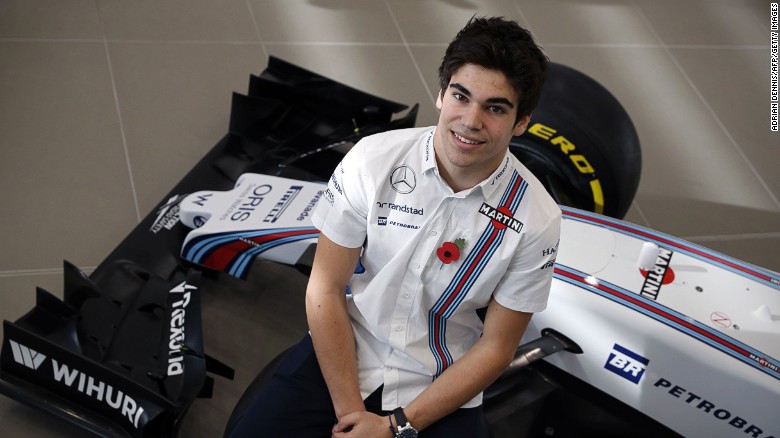
©XPB Images & McLaren
MORE DOWNFORCE AND DEVELOPMENT
In the wake of these major bodywork modifications, downforce levels should rise significantly compared to last year’s figures.
“[I expect] an increase of 20 to 25 per cent at the start of the season,” Force India technical director Andy Green told German publication Auto Motor und Sport. “That will be even more by the end of 2017. I estimate it 30 to 35 per cent.
“It is the biggest step I have ever witnessed. Drag will increase as well, but it’s mainly due to the wider tyres. I guess the drag will increase by 5 to 10 per cent.”
While 2017 F1 cars will be slightly slower on a straight line, due to the uptick in drag, they will travel much faster through corners thanks to the combination of higher downforce and a lower centre of gravity that results from having a wider track.
Concretely, some curves that used to be tackled at 200kph will see cars whizz by at 240khp, which amounts to an extra 1g for the drivers to cope with. Having asked all teams to supply simulation data, the FIA then ran the numbers for each venue on the calendar and identified areas where circuit officials needed to update their safety measures in order to accommodate faster cars.

REDUCED SPEED DIFFERENTIAL
Higher speeds will also be witnessed in slower portions thanks to the extra grip provided by the tyres’ wider thread. With cars going a bit slower on a straight line but much faster in cornering, the speed differential will be reduced, resulting in shorter braking periods and distances (we shall get back to this topic in another chapter of this technical preview devoted to overtaking).
As underlined by Green, aero development will be more important than ever under the new set of regulations. Indeed, amid tight restrictions on windtunnel testing and CFD work, F1 engineers have had to apprehend and assimilate sweeping rule changes without having as much access to their dedicated tools as they would have wanted to.
“The last two extreme era changes we made were 2009, where we had no restriction at all, and 2014, where we had some restrictions, a lot less than we got now (around 80 runs a week compared to 65 now),” Williams’ former chief technical officer Pat Symonds told F1i last year.
“Also, for 2014, we had a lot of notice about what the regulations were, so we could start our project quite early. With this very new set of rules, we had a good idea in March and the final draft in May for a car that had to go out in March. It is quite tight, but it is the same for everyone.”






